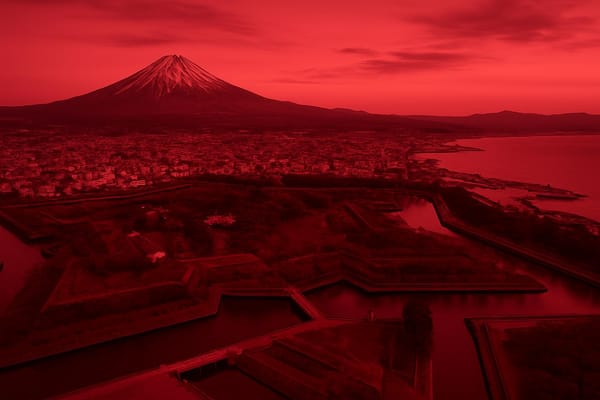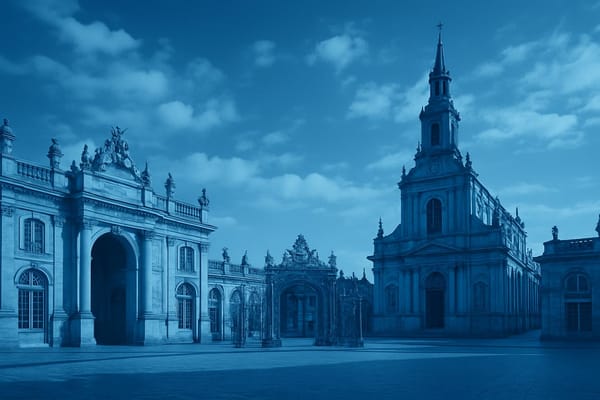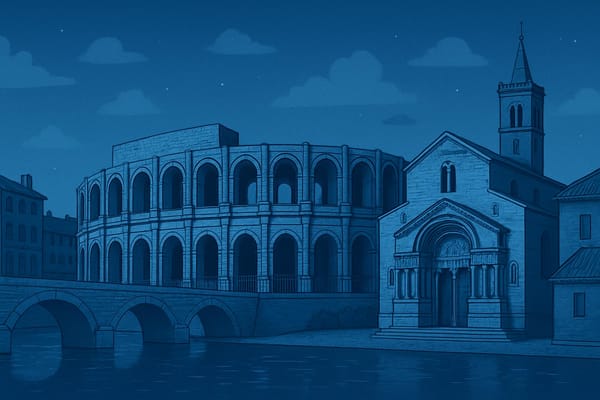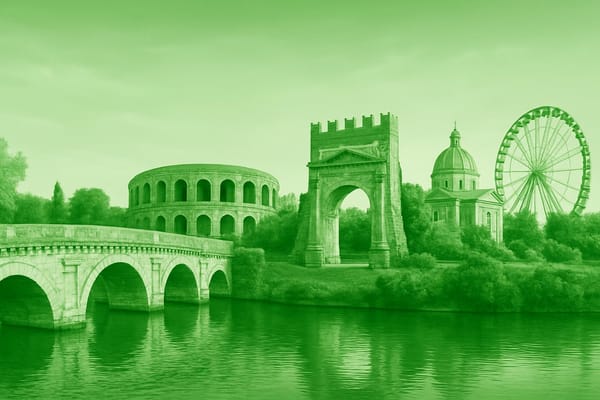Washington DC
Explore iconic monuments, world-class museums, historic memorials and famous cherry blossoms
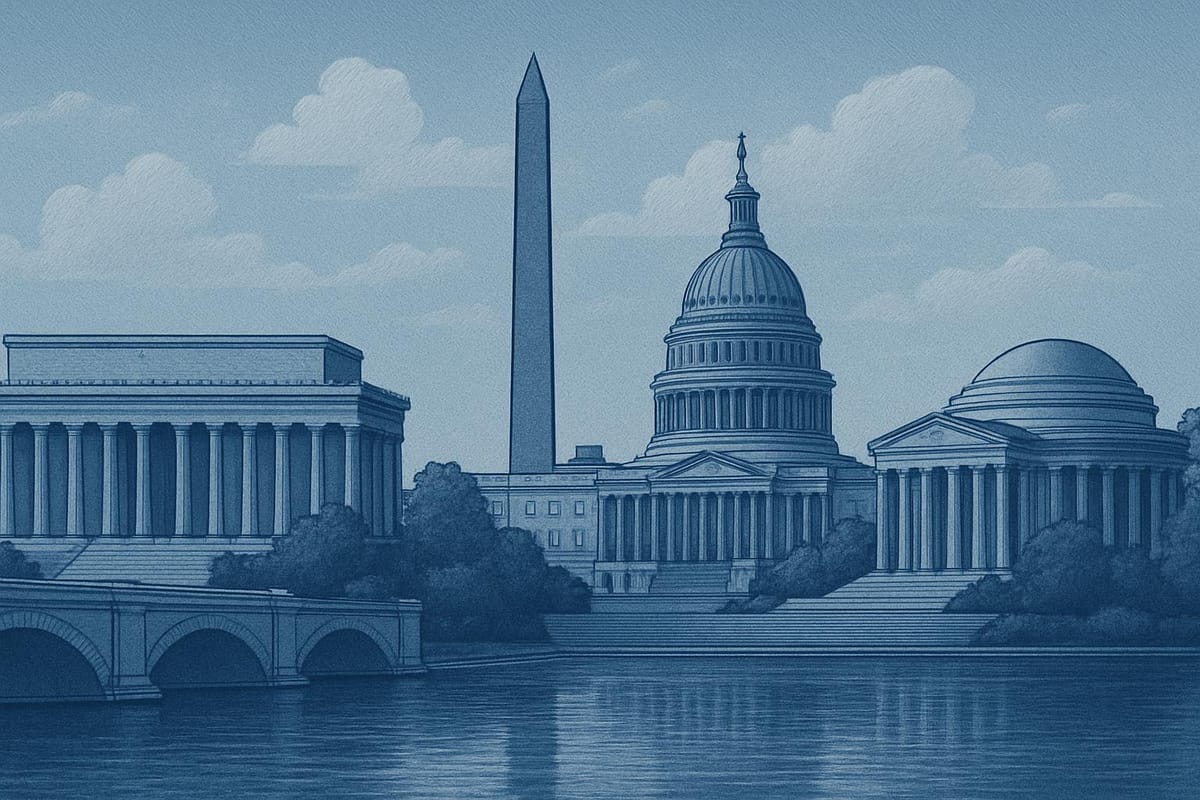
Important things to know about Washington DC
Washington DC is a dynamic and multifaceted urban center that serves as the capital of the United States, blending a powerful governmental presence with a rich, everyday city life that attracts residents and businesses from around the world; in Washington, D.C. you find a unique mix of policy-driven institutions, international diplomacy and a thriving local economy where federal work coexists with sectors like technology, education, non-profits and a growing startup scene, creating diverse employment opportunities and a high demand in the real estate market. The city's character is shaped by vibrant, walkable neighborhoods, tree-lined streets, and a mosaic of communities that contribute to a strong sense of local identity, while its multicultural population fuels a celebrated culinary landscape and active arts and music communities. Urban planning and sustainability efforts are visible in the emphasis on public transportation options, bike lanes, and green initiatives that aim to balance dense development with accessible parks and waterfronts, supporting an outdoors-friendly lifestyle. Education and research institutions lend an intellectual energy that feeds into the city's policy debates and cultural programming, and the international presence-embassies, global organizations, and expatriate communities-gives DC a worldly feel that informs its restaurants, shops and cultural offerings. Despite challenges such as affordability and congestion, Washington DC continues to evolve through investment in infrastructure, community-led revitalization, and an increasingly diversified economy, making it a compelling place to live, work and engage with civic life in the heart of the nation; for anyone searching for insights about DC as a living city-beyond attractions-this portrait highlights the social fabric, economic drivers and urban qualities that define everyday life.
Sightseeing hot-spots in Washington DC
Washington, D.C. is a magnet for travelers looking for iconic sightseeing experiences, and the heart of that appeal is the National Mall, a sweeping green corridor flanked by world-class museums and monuments. Strolling between the U.S. Capitol and the Lincoln Memorial, visitors encounter living history at every turn: the reflective pool, the towering obelisk of the Washington Monument, and the solemn inscriptions of the Vietnam Veterans and Korean War memorials. For those planning sightseeing in Washington DC, these landmarks provide unforgettable photo opportunities and a clear sense of the nation’s story.
Beyond the Mall, the Smithsonian Institution offers an unparalleled concentration of free museums that draw millions each year, from the National Air and Space Museum to the National Museum of American History. The Smithsonian museums are essential stops for sightseeing in Washington, DC, appealing to families, history buffs, and art lovers alike. Nearby, the White House and Pennsylvania Avenue remain must-see symbols of American government, while the towering glass and marble facades of nearby memorials light up at dusk, making evening sightseeing especially magical.
Seasonally, the Tidal Basin and its famous cherry blossoms add a burst of color that ranks among the best times to visit Washington, DC, while neighborhoods like Georgetown and Dupont Circle deliver charming streets, boutique shopping, and dining after a day of monuments and museums. Whether you’re mapping out a weekend of top attractions or a longer cultural itinerary, Washington DC sightseeing blends historic landmarks, extensive museum collections, and vibrant neighborhoods into a compact, walkable destination that rewards exploration.
Hotels to enjoy in Washington DC
Washington DC hotels offer a rich mix of luxury, historic charm, and modern convenience, making them ideal for every type of traveler. Whether you’re searching for hotels in Washington DC that put you steps from the National Mall and Smithsonian museums or prefer a quiet boutique stay in Dupont Circle or Georgetown, the city’s lodging options are designed to impress. From iconic grand hotels with marble lobbies and concierge service to intimate boutique properties that highlight local art and design, visitors will find accommodations suitable for romantic getaways, family trips, and cultural itineraries. Business travelers will appreciate downtown locations with meeting facilities and quick access to government buildings, while families often prioritize larger rooms, complimentary breakfast, and easy walks to monuments and parks.
To meet modern expectations, many Washington, D.C. hotels emphasize connectivity and convenience: free Wi-Fi, on-site dining, fitness centers, and rooftop bars with skyline views are common selling points. Proximity to Metro stations and shuttle services makes exploring neighborhoods and major attractions simple, enhancing the appeal of Washington DC hotels for weekend escapes or extended stays. Seasonal events like Cherry Blossom season and political conferences affect availability and pricing, so early booking can secure the best rates on budget-friendly rooms or special packages at upscale properties. Whether you value location, amenities, or unique character, the diverse hotel scene in Washington DC ensures a stay that complements your plans and highlights the city’s cultural and historical offerings.
Restaurants to try in Washington DC
Washington DC restaurants offer an eclectic mix of flavors that reflect the city's status as a global crossroads and a hub for innovative chefs. From elegant fine dining rooms to lively neighborhood eateries, the D.C. dining scene balances tradition and trend, spotlighting seasonal, farm-to-table menus and bold international cuisine. Neighborhoods like Georgetown, U Street, Penn Quarter, Adams Morgan, and Capitol Hill each bring distinct atmospheres-historic brownstones and waterfront views, buzzy music corridors, museum-adjacent dining, late-night eclectic plates, and classic American staples. Whether you're chasing fresh seafood, artisanal pastries, weekend brunch, or late-night bites, the variety of Washington DC restaurants means there's always something new to discover, with chefs emphasizing local ingredients, sustainability, and inventive cocktails.
For travelers and locals wondering where to eat in DC, the city serves up choices from casual food halls and lively taverns to Michelin-starred tasting menus and chef-driven small plates. Search queries like best restaurants in DC and restaurants in Washington, D.C. often highlight seasonal menus, tasting experiences, and neighborhood gems that reward advance reservations and a willingness to explore beyond tourist corridors. The cocktail scene rivals the food, with craft bartenders and speakeasy-style lounges contributing to a sophisticated cocktail culture. With festivals, rotating chef collaborations, and an emphasis on farm-to-table freshness, Washington, D.C.’s food scene continues to evolve, offering memorable meals for every budget and every culinary curiosity.
Best shopping stops in Washington DC
Washington DC shopping offers a dynamic mix of high-end fashion, historic charm and neighborhood markets that make it a top destination for visitors and locals alike. From the cobblestone streets of Georgetown, where flagship stores and independent local boutiques sit beside timeless antique shops, to the sleek corridors of CityCenterDC featuring luxury brands and designer labels, the city caters to every shopper’s taste. For those seeking unique treasures, neighborhoods like Dupont Circle and Adams Morgan are packed with vintage finds, contemporary galleries and small designers, while specialty stores in U Street deliver music, art and culturally inspired apparel. The diversity of retail experiences - from upscale malls to intimate storefronts - ensures that Washington DC shopping is both varied and memorable.
Beyond core retail districts, the capital’s open-air markets and museum gift shops provide standout souvenirs and artisanal goods that reflect the region’s creativity and history. Eastern Market and seasonal farmers markets are ideal for discovering local food producers, handcrafted jewelry and bespoke home goods, while the Smithsonian and other museum shops offer curated pieces tied to American art, science and history. Practical conveniences like easy access by Metro and pedestrian-friendly streets make it simple to combine sightseeing with shopping. Whether searching for designer investments, handmade gifts, or one-of-a-kind memorabilia, the shopping highlights of Washington DC deliver vibrant selections that satisfy style, culture and independent spirit.
Nightlife highlights in Washington DC
Washington DC’s nightlife highlights blend history and modern energy, offering something for every evening adventurer. From the vibrant clubs and rooftop bars in Penn Quarter and Dupont Circle to the live music clubs that define U Street, the city’s after-dark scene is as diverse as its neighborhoods. You can hunt down intimate speakeasies for handcrafted cocktails, sip local craft beer in warehouse-style taprooms, or dance until dawn at high-energy dance floors. Whether you’re drawn to the upscale ambiance of Georgetown lounges or the eclectic streets of Adams Morgan, Washington DC nightlife delivers memorable evenings with a focus on quality drinks, talented DJs, and seasonal events that keep locals and visitors coming back.
For those planning a night out, key Washington DC nightlife tips include timing your visits around popular live sets, late-night happy hours, and special rooftop sunset sessions that showcase city views. The city’s bar scene emphasizes craft cocktails and creative mixology, while music lovers will appreciate authentic jazz and indie performances that echo the capital’s cultural roots. With safe late-night transport options, welcoming neighborhood vibes, and an evolving calendar of pop-ups and festivals, discovering the best of nightlife in Washington DC, USA, promises both classic hotspots and exciting new finds that highlight the city’s dynamic after-dark personality.
Getting around in Washington DC
Washington DC's airport and train infrastructure offers travelers a well-connected combination of air and rail options: the close-in Reagan National (DCA) serves most domestic flights with easy access to the Metrorail/Metro system and the WMATA network, while Dulles International (IAD) handles international and long-haul service and is now linked to the city by the Silver Line extension, and Baltimore/Washington Thurgood Marshall (BWI) provides another international gateway with direct Amtrak and MARC commuter rail connections at the BWI Rail Station plus frequent shuttles. For intercity rail, Union Station is the major hub for Amtrak-including Northeast Corridor services and Acela-and for commuter networks such as VRE and MARC, making train travel to New York, Philadelphia, Baltimore and suburban Virginia convenient and efficient. Ground transportation options at all airports include Metro, commuter rail, shuttle buses, taxis, rideshare and on-site parking, catering to both business and leisure travelers. Whether planning a quick domestic trip from DCA, an international connection through IAD, or a rail journey from Union Station, Washington DC's integrated airport and train systems provide multiple transit choices that support seamless transfers and strong regional connectivity.
Culture must-see's in Washington DC
Washington DC is a rich tapestry of history and contemporary culture, where the iconic National Mall and its concentration of museums and monuments form just the beginning of what the city has to offer. Visitors and locals alike are drawn to world-class institutions such as the Smithsonian, which houses everything from art and natural history to space and technology, often with free admission that democratizes access to learning. Beyond the museum corridors, elegant neighborhoods like Georgetown and vibrant corridors like U Street and Adams Morgan showcase historic architecture, galleries, and music venues that keep Washington’s creative pulse beating. The city’s landscape of memorials provides a constant juxtaposition of past and present, giving cultural experiences a civic resonance that is uniquely Washington DC.
Cultural life in Washington DC extends to dynamic festivals, performing arts, and a thriving food scene that blends international flavors with local specialties. The annual Cherry Blossom Festival draws millions to celebrate seasonal beauty and cultural exchange, while the National Museum of African American History and Culture offers powerful, essential narratives that are central to understanding America’s story. Live music, from jazz on U Street to symphonies at the Kennedy Center, complements intimate theater productions and innovative contemporary art shows across the city’s galleries. With year-round programming, educational workshops, and community-driven events, Washington DC is not just a political capital but a cultural destination where history, art, music, and cuisine converge to create unforgettable experiences.
History of Washington DC
Washington DC's rich and complex past began with the political compromise that produced the Residence Act of 1790, which authorized a federally controlled capital along the Potomac River. Chosen by George Washington, the site was transformed according to the visionary Pierre L'Enfant Plan, whose wide avenues and ceremonial spaces set the stage for the nation's seat of power. As the new capital of the United States, Washington quickly became the setting for the construction of defining institutions such as the U.S. Capitol and the White House, and the early federal city matured amid debates over architecture, infrastructure, and governance. The young city faced dramatic conflict during the War of 1812, when the Burning of Washington in 1814 destroyed key public buildings and forced a period of rebuilding that shaped subsequent urban development. In the antebellum era Washington DC’s history intertwined with the tragic legacy of slavery until the Compensated Emancipation (1862) abolished slavery in the District, a milestone that altered the city’s social fabric and laid groundwork for its role in later national reforms.
The modern era of Washington DC history reflects its evolution from ceremonial capital to a dynamic urban center with national and global significance. Reconstruction, 20th-century federal expansion, and New Deal investments deepened the presence of the federal government, while the growth of institutions like the Smithsonian museums and the memorials along the National Mall turned the city into a magnet for visitors and scholars. Washington also became a focal point for the civil rights movement, most famously the March on Washington where "I Have a Dream" resonated at the Lincoln Memorial, cementing the city’s role in national conscience and reform. Postwar urban renewal and the launch of the Washington Metro transformed commuting and development, while the Home Rule Act and ongoing debates about DC statehood have underscored persistent questions about representation and local autonomy. Today, the history of Washington DC continues to unfold through preservation of its monuments, expansion of cultural institutions, vibrant neighborhoods, and the ever-present interplay between local life and the federal government, making it an essential chapter in the story of the United States.
